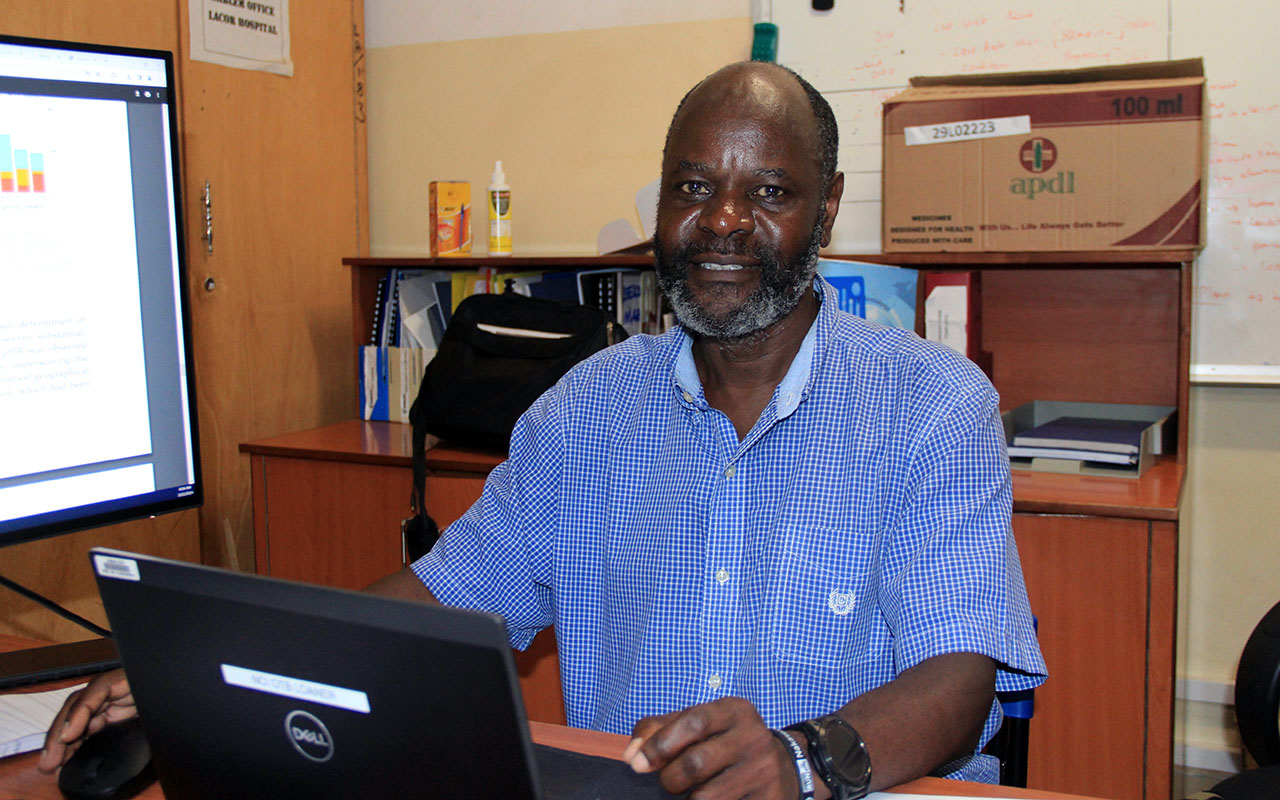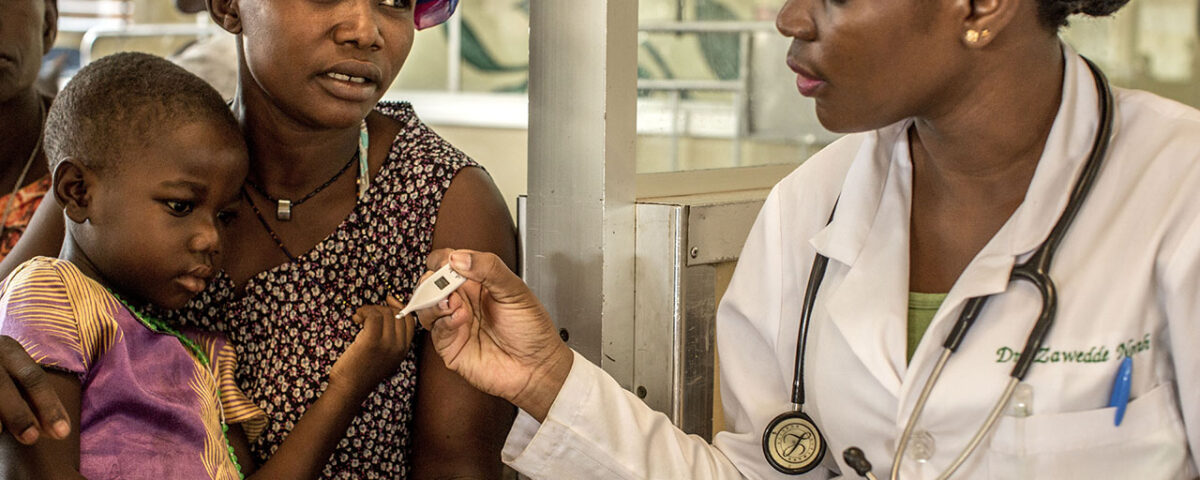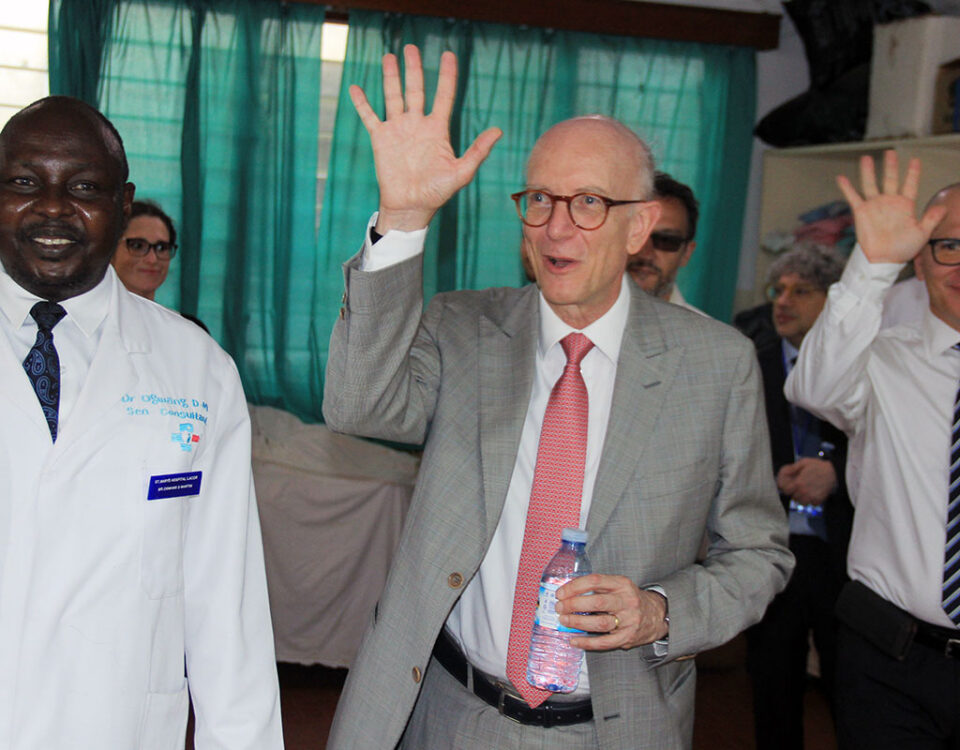A study of Burkitt lymphoma led by investigators at St. Mary’s Hospital Lacor, together with investigators at the National Cancer Institute in the US, and from universities in Kenya, Uganda, and Tanzania has revealed that repeated exposure to Plasmodium falciparum, the parasite that causes malaria, could lead to the development of Endemic Burkitt Lymphoma (eBL), especially in children aged 5-11 years.
The study, which was conducted between 2010 and 2016 in children under 15, using a case-control design (where children with disease are compared to children without), found a strong positive relationship between the cumulative number of P. falciparum infections acquired and the risk of developing BL.
The researchers analysed data on about 600 children with Burkitt lymphoma from 49 districts in East Africa and P. falciparum infection risk in healthy region in the area, grouped by age, region, and calendar year during 2000-2016.
The study regions in Northwest and Northcentral in Uganda, Western and Nyanza provinces in Kenya, and Mara, Mwanza, and Geita regions in Tanzania – experience the highest malaria infection rates and Burkitt lymphoma incidence.
In their paper published in the US Proceedings of the National Academy of Sciences (PNAS), they found that the risk of Burkitt lymphoma increased by 39% for each additional 100 P. falciparum infections. The children in the study area experienced a mindboggling 300-400 infections per year.
Burkitt Lymphoma is the most common childhood cancer in equatorial regions of sub-Saharan Africa where P. falciparum malaria is holoendemic, making up 50 to 75 per cent of all childhood cancers according to the study.

Dr. Sam Mbulaiteye at Lacor Hospital
According to Dr. Sam Mbulaiteye, a researcher from the National Cancer Institute, US, for each one hundred additional infections, the risk for Burkitt lymphoma is increased by 39%.
“What that means is that efforts to decrease the number of infections will likely reduce the risk of Burkitt’s Lymphoma,” he says.
The study also notes that children who develop eBL are likely to have been afflicted with silent malaria for many years before eBL. Silent malaria infections refer to the presence of asexual parasites in the peripheral blood without symptoms. This makes it difficult for parents to know since their children are being infected without necessarily falling sick.
“We would suggest that the community advocates for malaria programs to include Burkitt’s Lymphoma as a target condition which justifies the application of malaria suppression methods like Indoor Residual Spraying or the use of insecticide treated bed nets,” says Dr. Sam Mbulaiteye.
“So, you can reduce the acute risks of malaria as well as the chronic risks of malaria – in this case, Burkitt’s Lymphoma.”
The study does not, however, suggest that the risk to eBL is related to acute malaria but to chronic malaria.
Since 2008, Lacor Hospital has been collaborating with EMBLEM to conduct studies on malaria and eBL. The hospital treats 200-300 cases of eBL annually.
According to Dr. Martin Ogwang, the Institutional Director, Lacor Hospital has been able to participate in the study because it has the required infrastructure, facility and high volume of patients.
“From the 1960s onwards, the hospital has been treating many cases, including malaria and cancers, however, chemotherapy and radiotherapy for cancer treatment became available ten years later. Lacor hospital has the necessary facility and human resource to do a high impact research and contribute to the wealth of knowledge in the various diseases that it faces.”
This kind of environment and the availability of personnel assures that for whatever research done in the hospital, quality is assured and findings are valid.
The study, published also in the Malaria Journal in July 2020, suggests that efforts to suppress the burden of silent malaria in populations could reduce the frequency of endemic Burkitt lymphoma in those populations.
In another related study, EMBLEM found out that the sickle cell trait, which is known to protect against severe malaria, also protects against Burkitt’s Lymphoma – another evidence that suggest that malaria is contributing to increased risk of eBL.
The researchers also detected genetic changes (mosaic chromosomal alterations) in people in these regions of East Africa. These changes were associated with increased risks of eBL.
“We think it might be due to chronic malaria or chronic EBV [Epstein–Barr Virus] or other environmental factors,” says Dr. Sam Mbulaiteye. “But this is an interesting area because the level of changes that we found in children who were aged 0-16 is similar to changes that you’d find in Americans who are aged 55-59.”
In the US, those changes would be age related as well as related to people’s lifestyle like smoking and taking alcohol.
“Since the children don’t smoke or take alcohol, we think that their changes might be related to other environmental factors like infections. It’s an interesting study because we need to understand what the environment is doing to our genes and make them change to increase the risk of cancer.”
The full publication can be found via: Broen et al. https://pubmed.ncbi.nlm.nih.gov/36595676/ and Redmond et al: https://pubmed.ncbi.nlm.nih.gov/32718346/.


